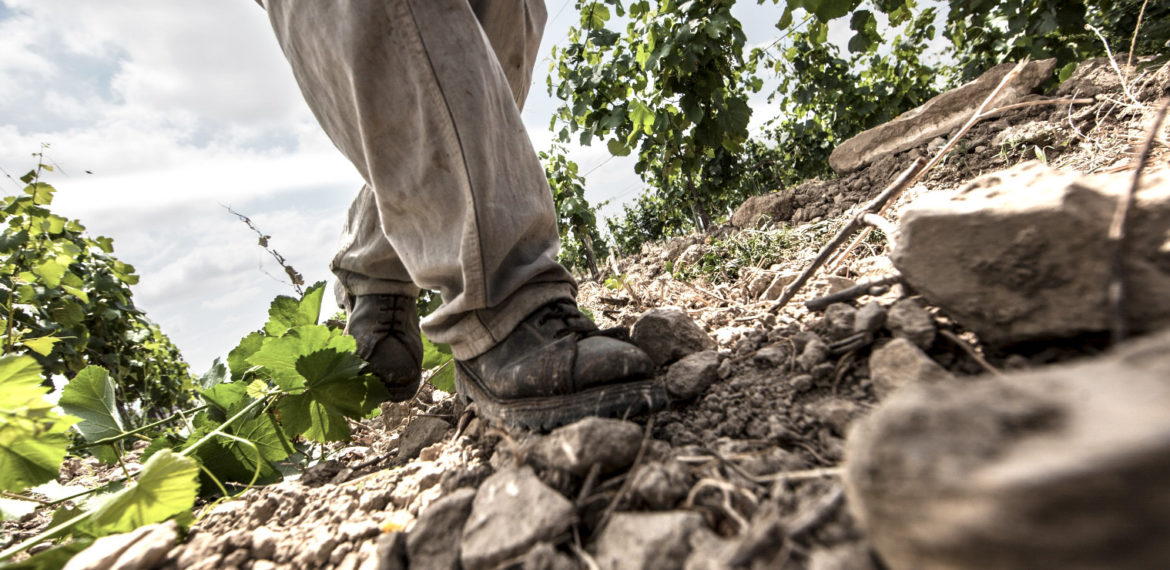
Environmental protection is now an essential prerequisite for our future prosperity. The man – the farmer – must take measures today that protect nature and allow the regeneration of primary resources from which we all depend – like clean water and air.
The biointegrated approach has developed a manifesto, a set of guidelines in 10 moves, that returns agriculture to nature. Finally.
- Create integration between man and animal:
- clean plots with wild geese;
- practice natural defoliation with wild sheep;
- use as much animal traction as possible to contain the impact of the tractor.
- Employ local labor force, favoring the purchase mainly of products from the area. Distribution of wealth in the area. Keeping it in the area.
- Reduce the mechanical transit on the soil, with the adoption of ancient techniques and / or modern technologies:
- sprayers for multirow treatment;
- manual harvesting and transport “on shoulder” of the fruits;
- choice of agricultural machinery based on the analysis of the compaction of soils and their composition.
- Limit human intervention on the plant, favoring rational agronomic practices:
- types of farming that limit the aging of the plant;
- irrigation only as rescue;
- reduction of the practice of pollarding.
- Feed the soil and not the plants, in order to enrich the vitality:
- use only organic fertilizers allowed in organic farming;
- manure from non-intensive farming that avoid the use of antibiotics;
- minerals derived from natural sources;
- produce compost internally in the farm.
- Eliminate synthetic chemical inputs: the maximum dose of copper metal (in any form) must not exceed 3 kg / ha, except in particularly bad years.
- Respect the fundamental principles of biodiversity and multifunctionality of the farm practicing intercropping with temporary or permanent herbaceous covers:
- planting of herbaceous green manure in the fall-winter;
- possible establishment of a permanent grassland to reduce erosion and soil compaction;
- consolidation of natural entomofauna and biodiversity of cultures.
- avoid monocultures.
- Avoid cyclical uprooting through the rational design of the plant:
- annual re-thickening;
- mass selection of grafts;
- rest of the land of at least four years, with rotation of improving herbaceous before a new plant.
- Minimize the manipulation of raw material to preserve the naturalness of the finished product, maintaining the link between its characteristics and the land from which it comes, without compromising quality.
- Conceive the wine simply as alcoholic beverage made from the partial or total fermentation of grapes, and nothing else. The winemaking process must be accomplished in full respect of the quality of the grapes; any intervention has to limit the addition of additives:
- fermentation without yeasts, preferably in buried amphorae;
- no sulfur, or limit it to 50% of the maximum allowed by the organic specification;
- no use of additives that cannot be eliminated by decanting or filtration (i.e. tannins, yeast hulls, yeast lysates, rubber of any nature);
- only clarify with natural products if possible derived from the production (i.e. eggs);
- use of methods of filtering excluding flour.

